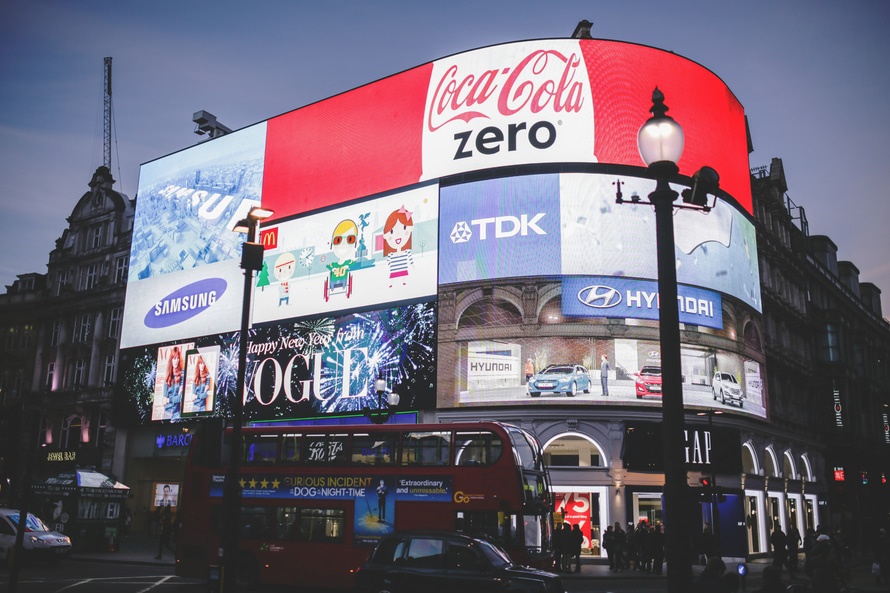17 Misleading advertisements
Similar to public relations agencies, advertising firms often have a reputation for using manipulative tactics at the expense of the consumer. This is largely due to consumers’ experiences with misleading advertisements, or promotions that exaggerate claims or misinform audiences. The goal of an advertisement is to emphasize the benefits of a product or service over any drawbacks or shortcomings.

However, agencies should not create deceptive advertisements at the expense of consumers, or those that “raise health and safety concerns … and those that cause economic injury” (Federal Trade Commission, “Division of Advertising Practices,” 2016, para. 1). By law, claims in advertisements have to be truthful and supported by evidence. Going back to the Volkswagen emissions scandal, the company also faced legal troubles for falsely advertising that its cars had low emissions. The Federal Trade Commission filed a complaint against Volkswagen in federal court, arguing that the company deceived its consumers through unsubstantiated claims and corrupt evidence.
Learn more about false advertising scandals.
FTC consumer protection laws vary from state to state. These laws ensure that consumers are not misled and that agencies provide fair communication to their target audiences. The FTC can determine whether an advertisement is deceptive. The criteria for deception are as follows:
- The advertisement should have a high probability to mislead the average, reasonable consumer; and
- Advertisement claims should cause the consumer to buy the product or service based on misinformation.
If consumers report an advertisement to the FTC, the organization then goes through a series of steps to decide whether the ad is truly deceptive. You can find a list of the steps here.

